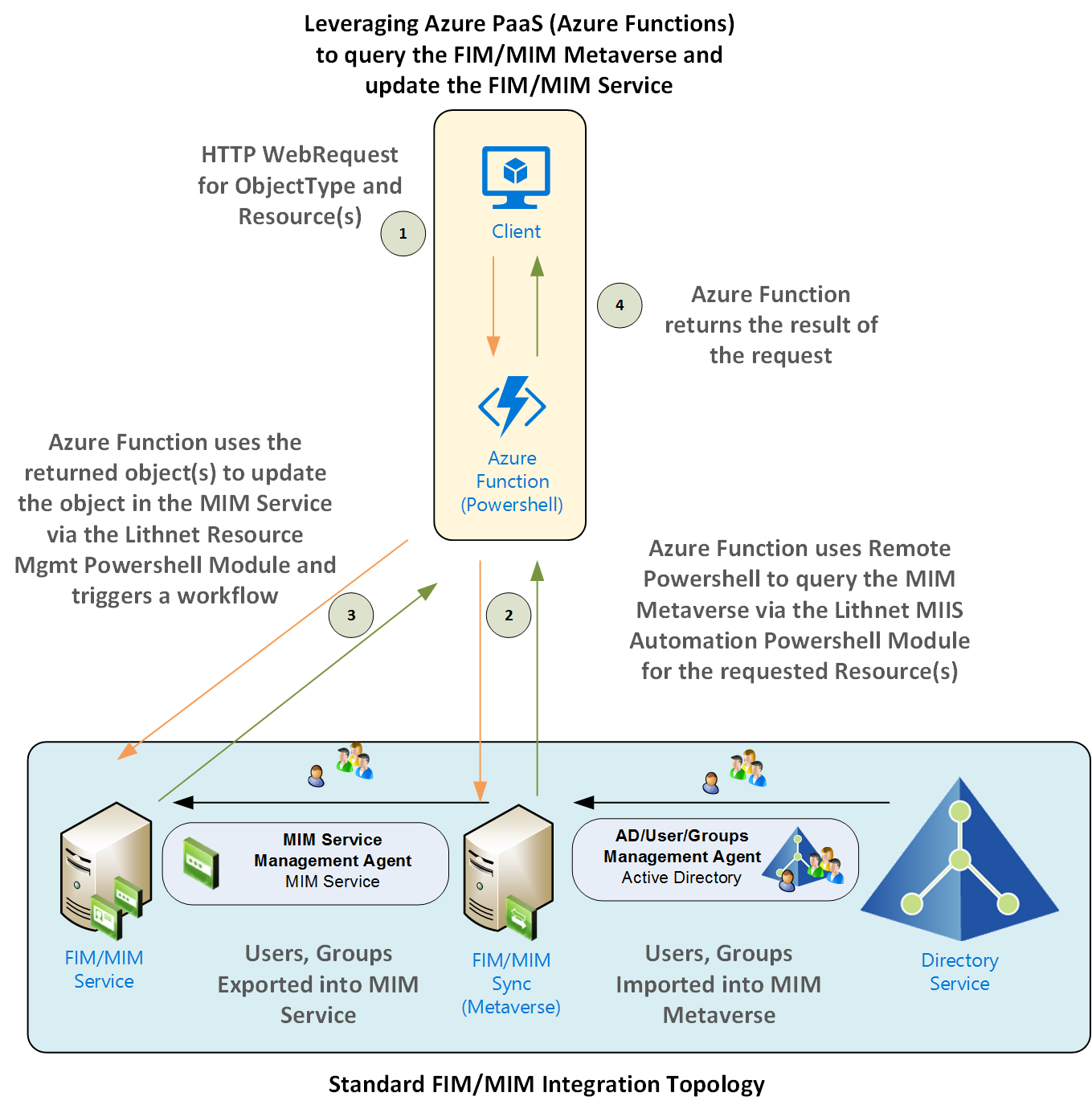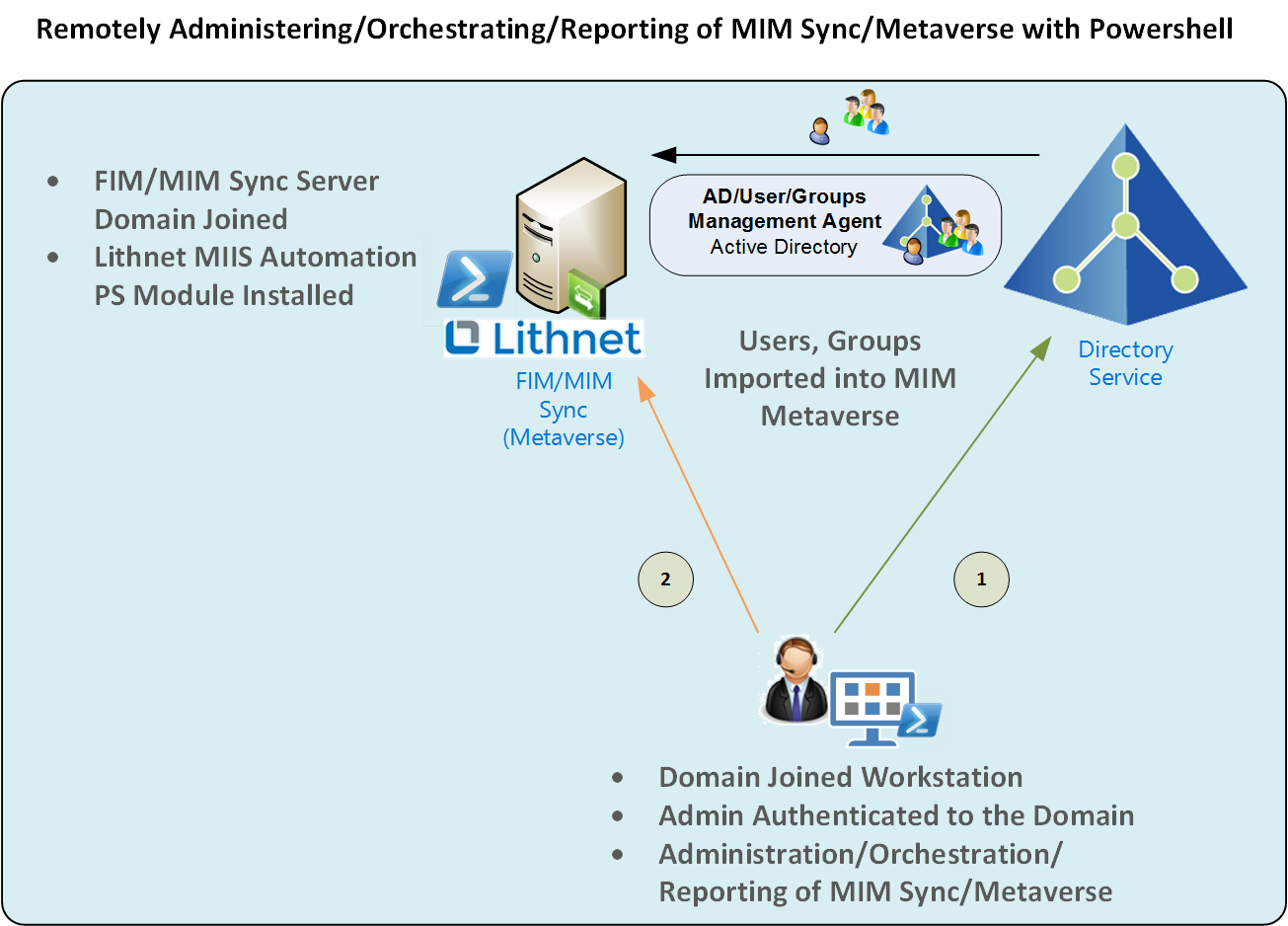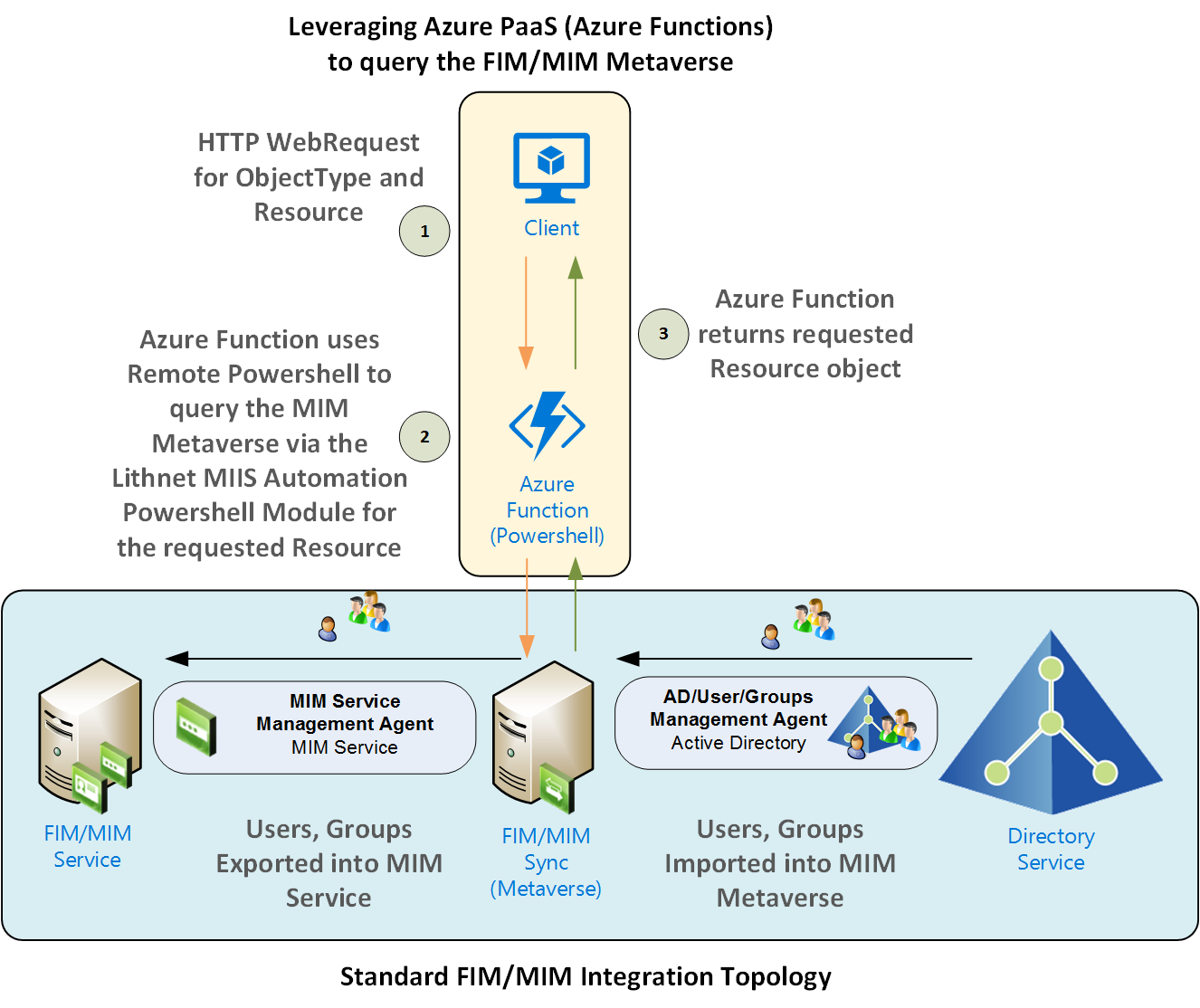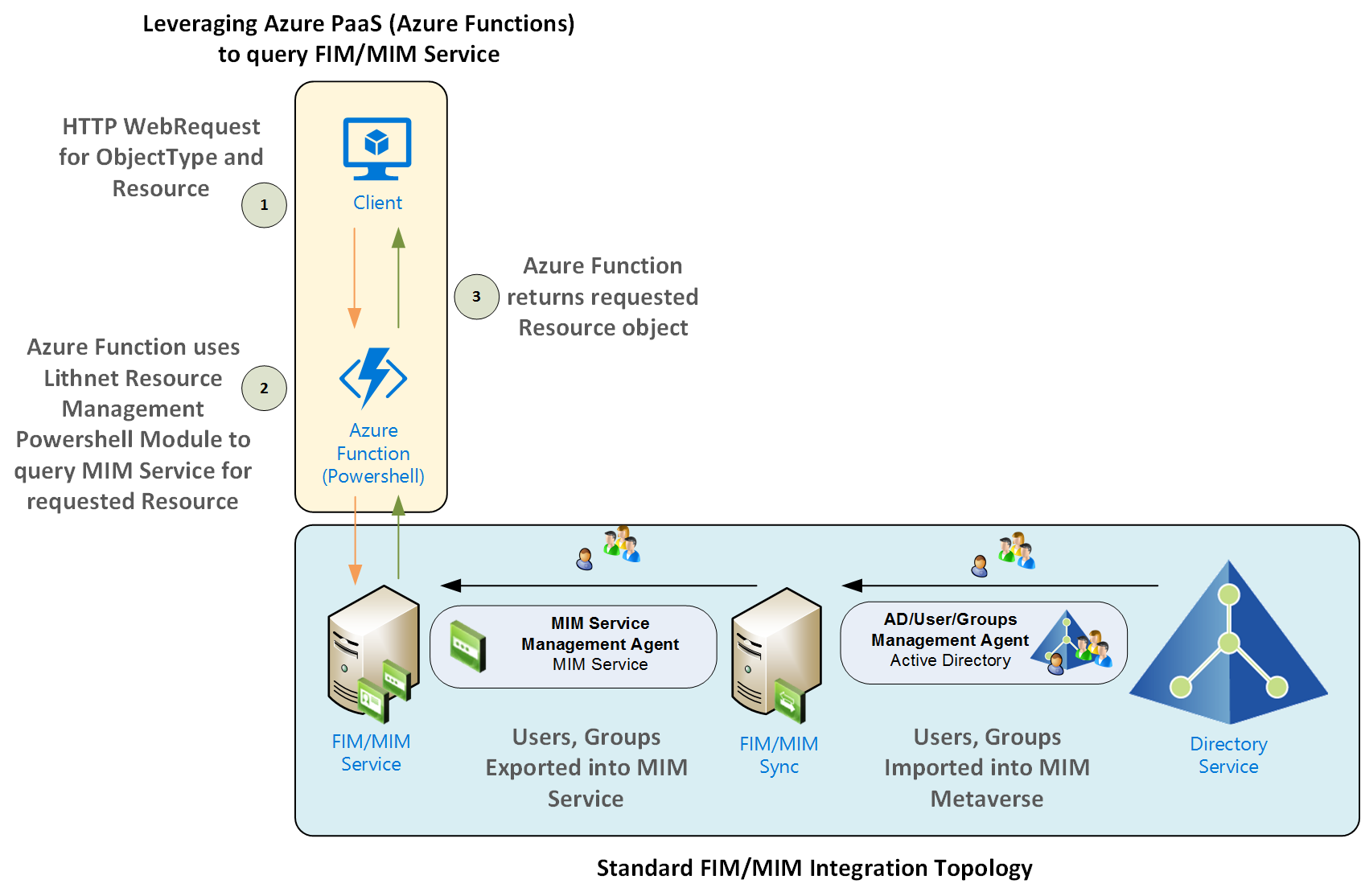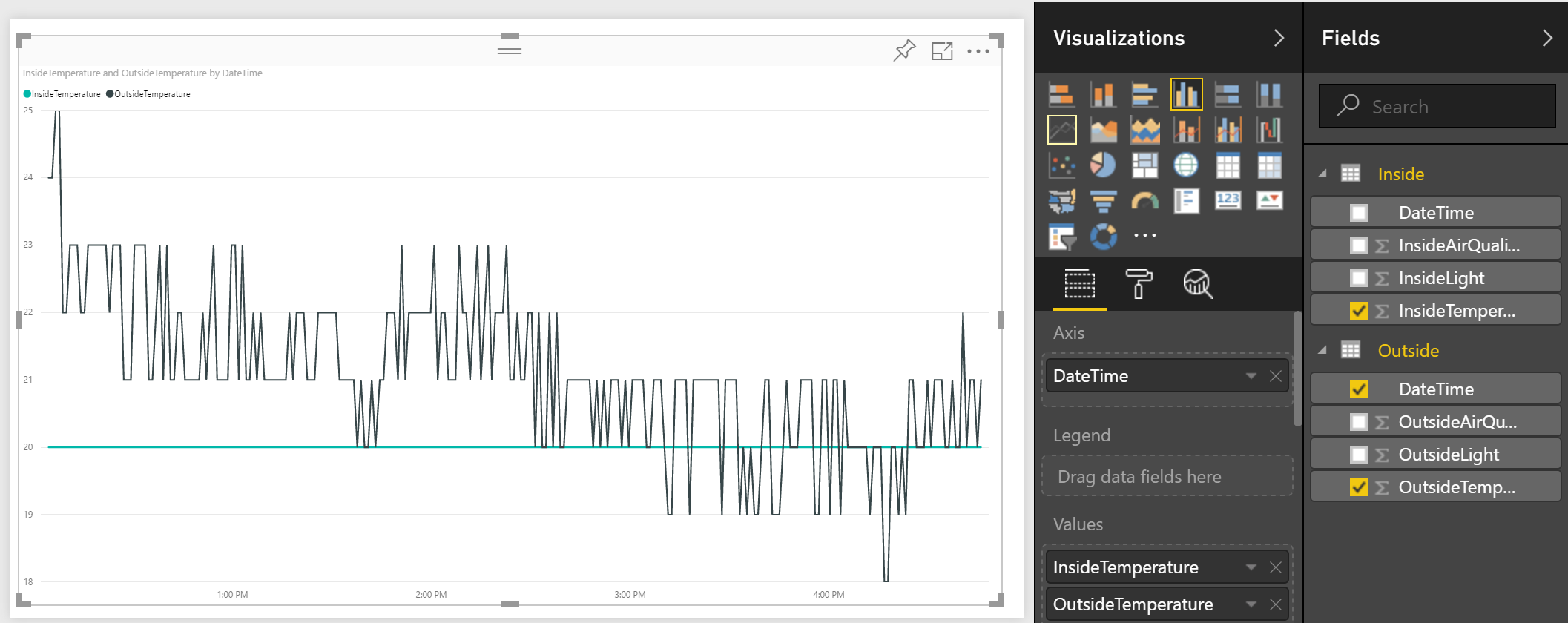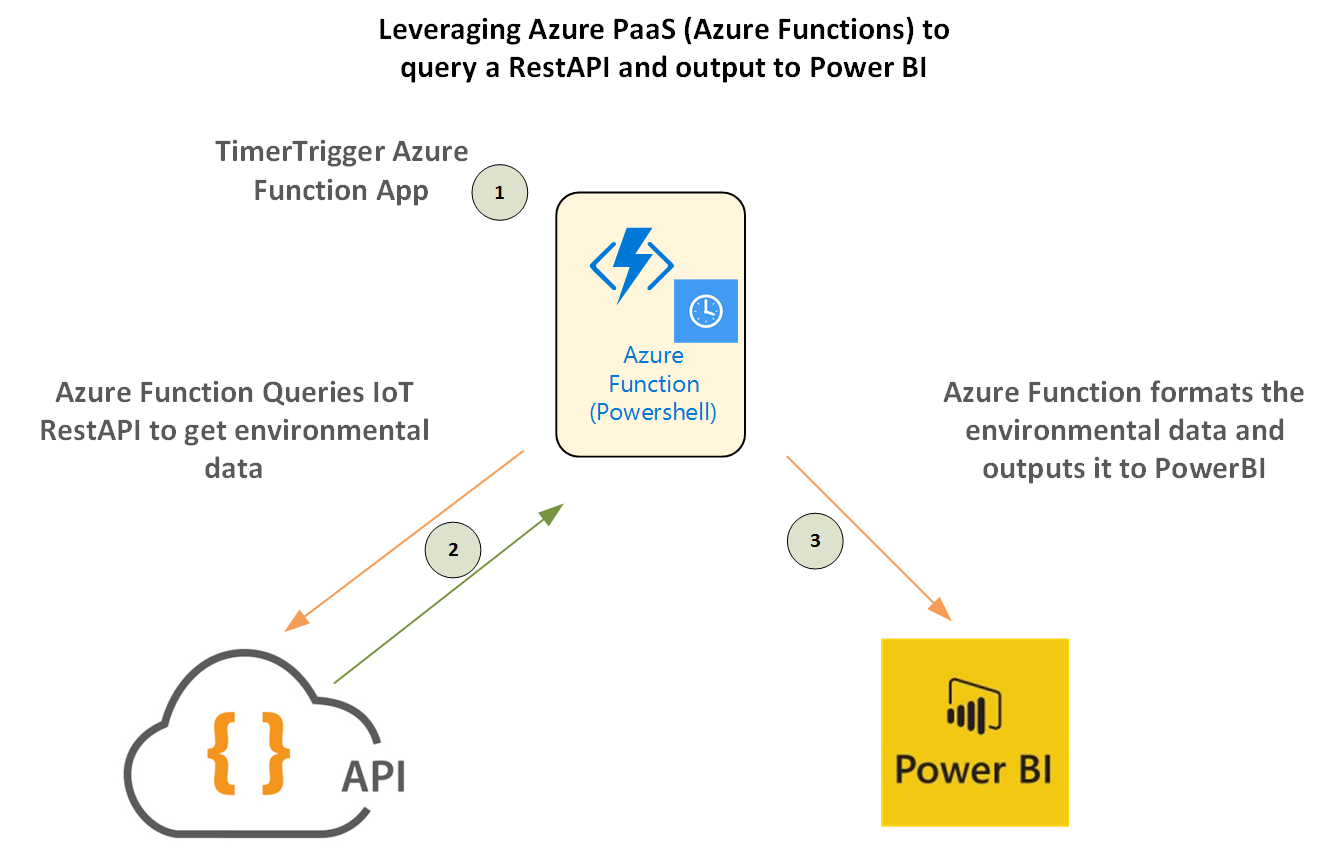
How to use a Powershell Azure Function App to get RestAPI IoT data into Power BI for Visualization
Overview
This blog post details using a Powershell Azure Function App to get IoT data from a RestAPI and update a table in Power BI with that data for visualization.
The data can come from anywhere, however in the case of this post I’m getting the data from WioLink IoT Sensors. This builds upon my previous post here that details using Powershell to get environmental information and put it in Power BI. Essentially the major change is to use a TimerTrigger Azure Function to perform the work and leverage the “serverless” Azure Functions model.… [Keep reading] “How to use a Powershell Azure Function App to get RestAPI IoT data into Power BI for Visualization”

